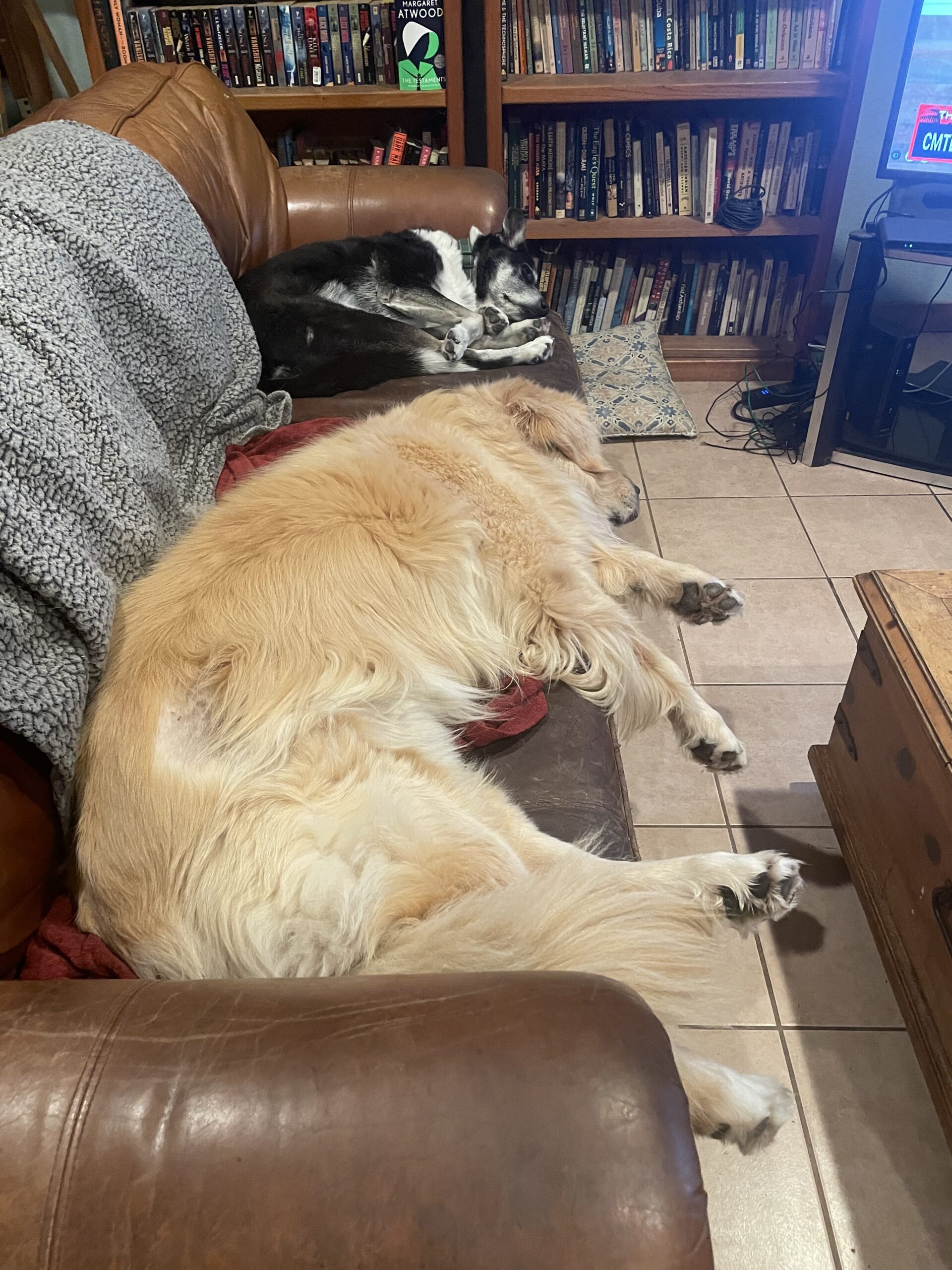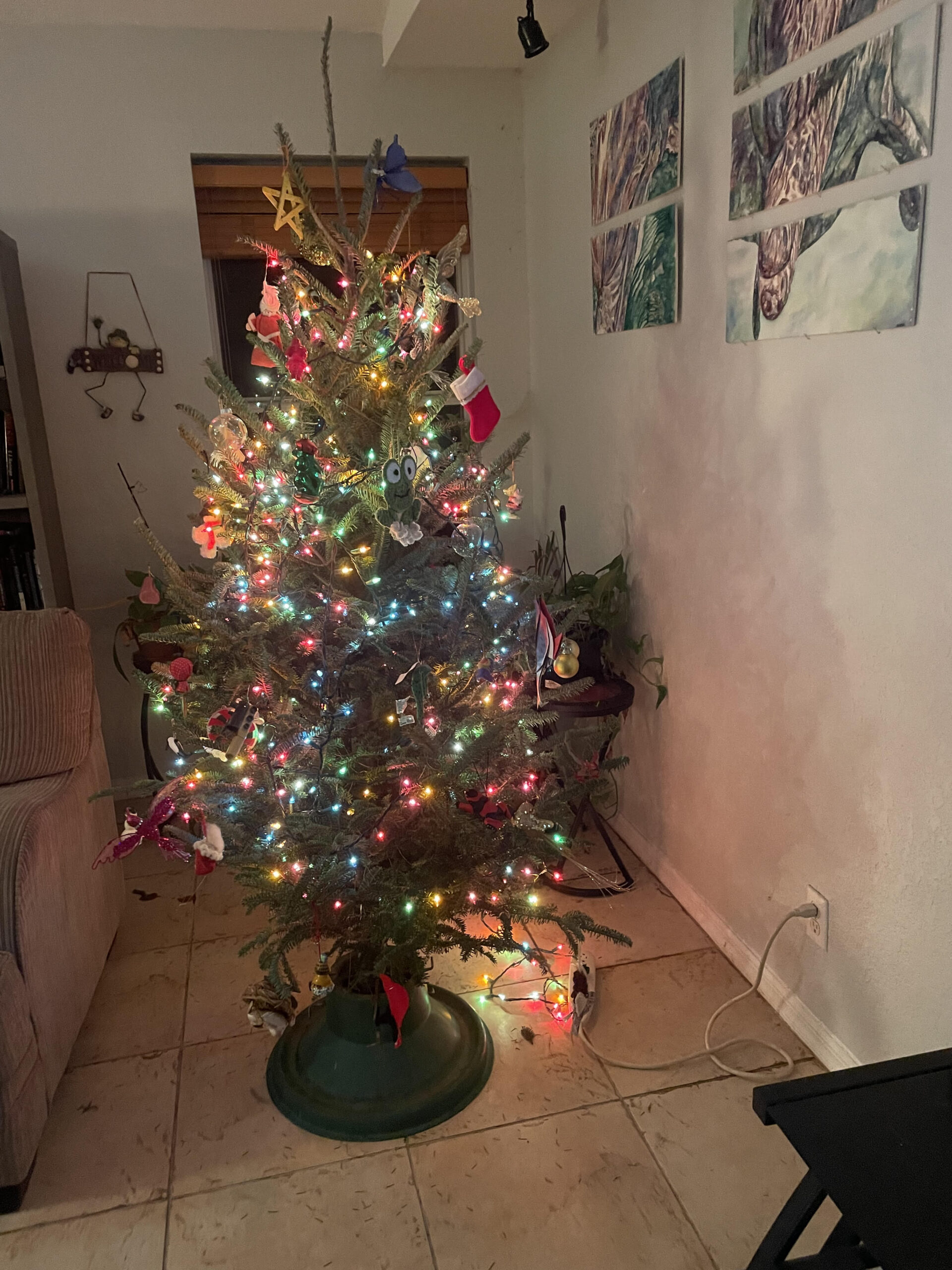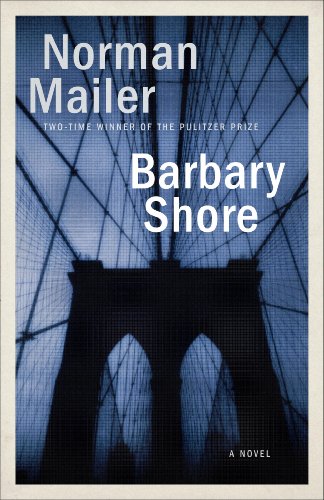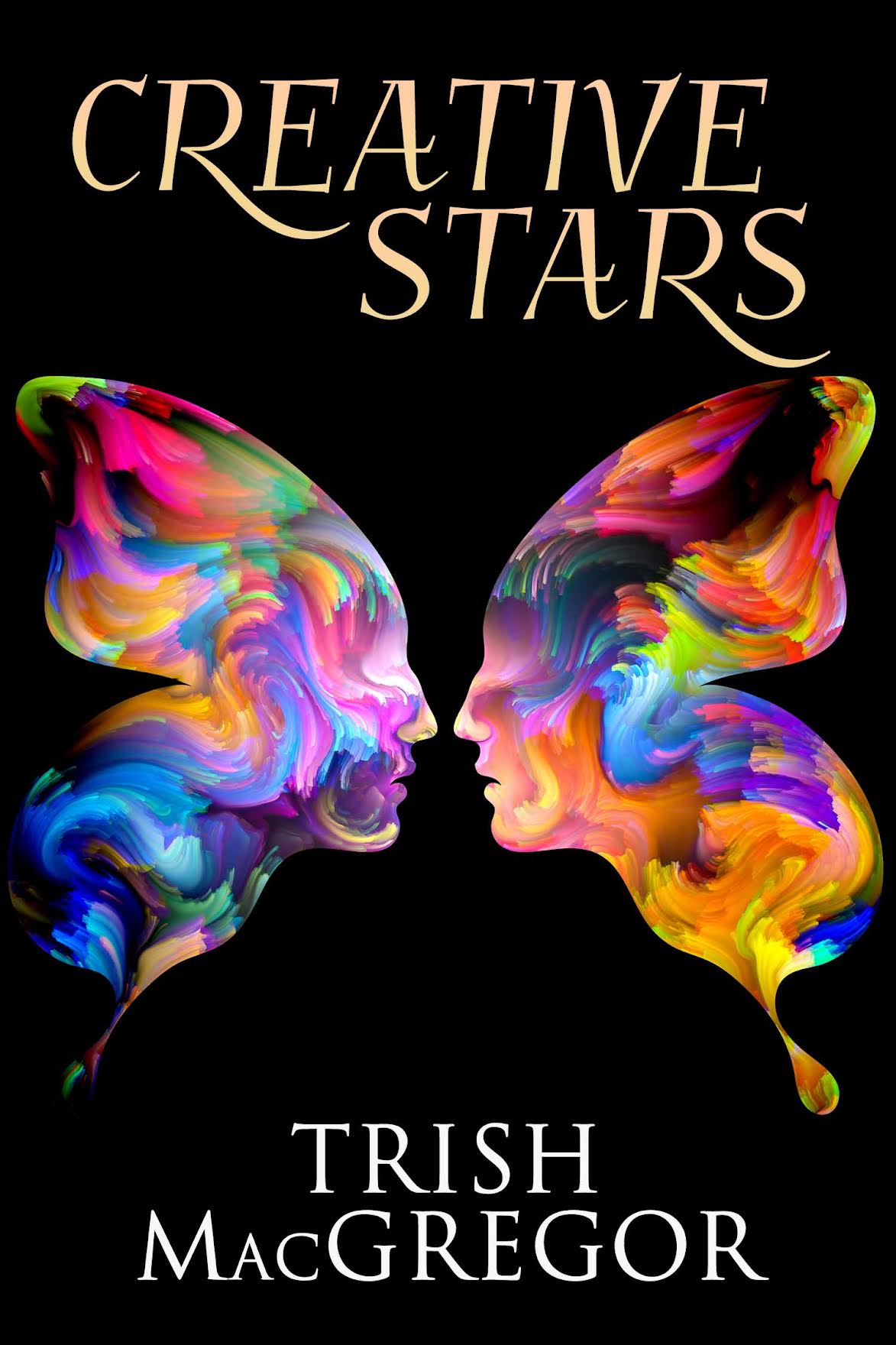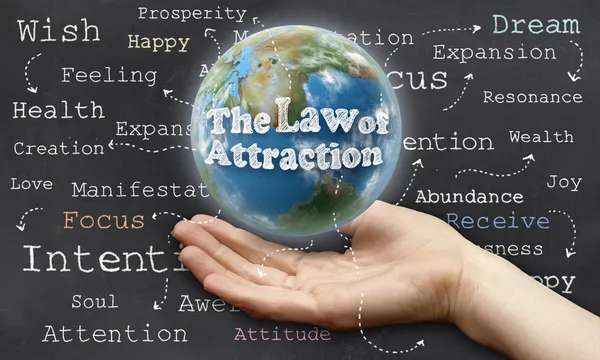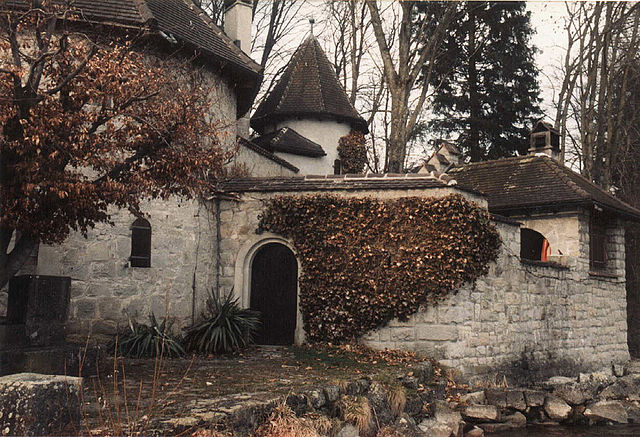
In the summer of 1975, I had saved enough money in my job as a social worker to travel to Europe. I went with another social worker, Chris, who had just lost her husband in a private plane crash. Our itinerary was loose, flexible, but we had certain countries we wanted to see.
One of those countries was Switzerland. In those days, there were no cell phones, no Internet, no personal computers, no social media. Everything had to be arranged through a travel agent in terms of flights, then I bought books on traveling in Europe to educate myself. My main interest in Switzerland was Bollingen, where Jung had built his now famous castle on the shores of Lake Zurich.
It wasn’t a castle in a Medieval sense or even in terms of Games of Thrones. From what I’d read, he had built it from stone, without electricity or running water, and it had four distinct towers that represented the solidity of the psyche. He bought the land in 1922, after his mother’s death, and a year later built a two-story, round tower, a stone structure that could be lived in. Additions to the tower, according to Wikipedia, were constructed in 1927, 1931, and 1935, and resulted in a building that has four connected parts.
After the death of Jung’s wife in 1955, a second story was added to the 1927 addition. To Jung, it meant,”an extension of consciousness achieved in old age.”
The place in the top photo is what I saw in 1975.
My friend Chris and I stayed in Zurich for a night, then set out the next day to take a train to Bollingen. I remember the Swiss train system as complex, especially when you didn’t speak German or French, and there weren’t any signs in English. Maybe there are today, but back then, no. We missed our train.
We caught the next one and arrived in Bollingen, I think, in the early afternoon. Chris didn’t understand why we were taking this detour, she wasn’t familiar with Jung. But I credit her for being willing to explore.
The town wasn’t large, but I didn’t have any idea where Jung’s castle might be, so I asked the first pedestrian I saw and got directions. Turns out the locals knew. The memory of coming upon the castle in those first few moments is shockingly clear. I kept thinking that I was here because of the I Ching – specifically Jung’s introduction to the Richard Wilhelm edition, where he introduced his concept of synchronicity. The I Ching is a Chinese divination system that is at least 5,000 years and since my discovery of it – with the Jung intro- I’d been practicing with it.
I recall how strikingly simple and beautiful the castle looked, there on the shores of Lake Zurich, beneath a beautiful blue sky, and then I noticed that within a fenced backyard, a young man was with a dog. I walked up to the fence, introduced myself. The young man turned out to be Jung’s grandson. If we had caught the first train out of Zurich that morning, he would not have been in that backyard. A synchro, I think, in terms of timing.
We talked for maybe 30 minutes – about the castle, how after Jung’s death, electricity and running water had been added – about Jung and his friendship with Wilhelm, and about synchronicity. Chris, I recall, hung back during this exchange. But she later asked what the hell we had talked about. I didn’t even know where to begin. With synchronicity? She considered coincidences to be completely random.With the I Ching? She thought divination was silly. You can see where this is going, right? By the time we got to Scotland, she and I were no longer speaking to each other.
But one evening we sat on a hill that overlooked Edinburgh and she said that today marked a year since her husband’s death. She wished he would reach out and try to communicate with her. I said nothing. I had no idea where her dead husband might be now, but I hoped she has discovered the reality of synchronicity.

